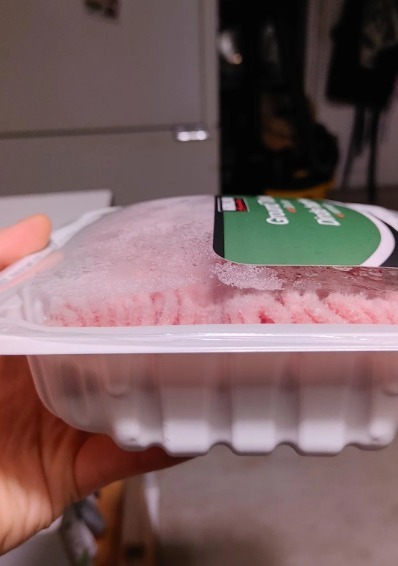In recent years, consumers have increasingly encountered a frustrating phenomenon when opening certain food packages – bloating. This occurrence, characterized by inflated or swollen packaging, not only affects the appearance of products but also raises concerns about food safety, freshness, and environmental impact. As such, it’s essential to delve into the causes of bloated food packaging, its implications, and potential solutions to address this issue effectively.
Understanding Bloated Food Packaging:
Bloated food packaging refers to the swelling or inflation of packaging materials, such as bags, pouches, or containers, due to the accumulation of gases inside. This phenomenon is often observed in products with high moisture content, such as fresh produce, dairy products, and ready-to-eat meals. The gases responsible for bloating typically include carbon dioxide, oxygen, and sometimes methane, which are byproducts of microbial activity or chemical reactions occurring within the package.
Causes of Bloated Food Packaging:
Several factors can contribute to the occurrence of bloated food packaging, including:
- Microbial Activity: Microorganisms, such as bacteria or yeast, present in food products can produce gases as they metabolize nutrients. In sealed packaging, these gases accumulate over time, leading to bloating.
- Chemical Reactions: Certain chemical reactions, such as fermentation or oxidation, can release gases as byproducts. For example, fermentation in dairy products like yogurt can generate carbon dioxide, contributing to bloating.
- Poor Packaging Design: Inadequate packaging materials or sealing methods can allow gases to enter or escape from the package, leading to bloating. Imperfect seals or porous packaging materials can compromise the integrity of the packaging.
- Temperature Fluctuations: Temperature variations during storage or transportation can influence the rate of microbial activity or chemical reactions in food products, potentially accelerating bloating.
Implications of Bloated Food Packaging:
Bloated food packaging poses several implications for consumers, manufacturers, and the environment:
- Food Safety Concerns: Bloating can indicate microbial spoilage or contamination of food products, raising concerns about safety and quality. Consumers may hesitate to consume bloated products, fearing potential health risks.
- Perceived Freshness: Bloated packaging can create the perception that food products are stale or past their prime, even if they are safe to consume. This perception may affect consumer purchasing decisions and brand reputation.
- Product Integrity: Inflated packaging can compromise the integrity of food products, leading to leaks, spills, or other packaging failures. This can result in product loss, customer dissatisfaction, and increased waste.
- Environmental Impact: Excessive packaging, including bloated packages, contributes to environmental pollution and waste. Discarded packaging materials, especially those made from non-biodegradable plastics, can end up in landfills or oceans, posing environmental hazards.
Addressing Bloated Food Packaging:
To mitigate the occurrence of bloated food packaging and its associated challenges, several strategies can be employed:
- Improved Packaging Design: Enhance packaging materials and sealing methods to prevent gas permeation and maintain product freshness. Use barrier films or coatings to minimize gas exchange and extend shelf life.
- Quality Control Measures: Implement rigorous quality control protocols to monitor product integrity and detect signs of bloating during production, storage, and distribution. Regular inspections and testing can help identify and address potential issues early.
- Temperature Management: Maintain optimal storage conditions, including temperature and humidity control, to minimize microbial growth and chemical reactions in food products. Proper temperature management can help prevent bloating and preserve product quality.
- Educational Initiatives: Educate consumers about the factors contributing to bloated food packaging and how to interpret packaging indicators, such as expiration dates and signs of spoilage. Promote responsible consumption practices to minimize food waste and maximize product utilization.
In conclusion, bloated food packaging presents multifaceted challenges for consumers, manufacturers, and the environment. By understanding the causes and implications of bloating and implementing effective strategies to address this issue, stakeholders can work together to ensure the safety, freshness, and sustainability of packaged food products. Through innovation, education, and collaboration, we can strive towards a future where bloated food packaging becomes a thing of the past, and consumers can enjoy products with confidence and peace of mind

